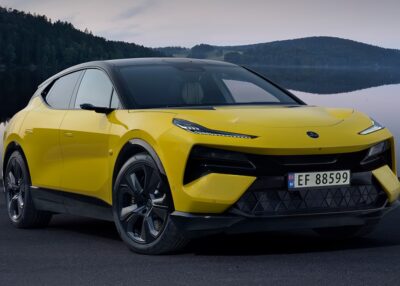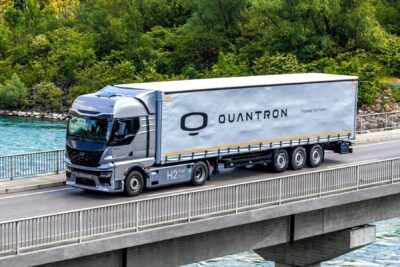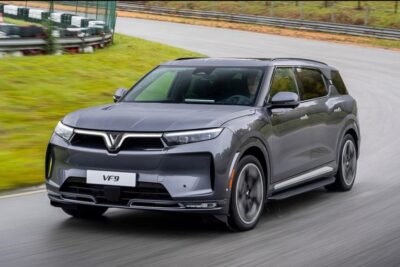Nio unveils EC7 Coupé SUV and revamped ES8
The Chinese electric car manufacturer Nio has presented a new and a revised model. The new mid-sized coupé SUV EC7 and the revamped ES8 will initially be available exclusively in China, where they can be ordered now.
Deliveries of the Nio EC7 are expected to start in May 2023, those of the revamped Nio ES8 from June 2023. Whether both models will also be offered in Europe in the future is currently being examined. At the beginning of October, Nio celebrated the European market launch of the trio ET7, EL7 and ET5. The current presentation of the new or revised vehicles at the latest Nio Day in Hefei, China, comes as no surprise: Nio had only recently announced its intention to launch five new models by summer 2023.
Both models are based on the manufacturer’s new NT2.0 platform. This also names the main difference to the original ES8. Like the ES6 and the SUV coupé EC6, Nio’s former debut battery-electric vehicle was still based on the first generation of the platform.
Nio lists a number of key data for the newly presented EC7. The coupé SUV combines a 300 kW induction motor and a 180 kW permanent magnet motor. It is likely to be the same all-wheel drive as the ES7 presented in early summer. At the time, Nio spoke of a front motor with a peak output of 180 kW and a rear motor with a peak output of 300 kW. The Chinese company did not mention a system power in either case. Information on the battery and charging power is also still under wraps.
However, a drag coefficient of 0.230 cW and an acceleration time of 3.8 seconds from 0 to 100 km/h are mentioned for the EC7. Nio also lists an intelligent air suspension, an adjustable rear wing and a panoramic glass roof as further highlights.
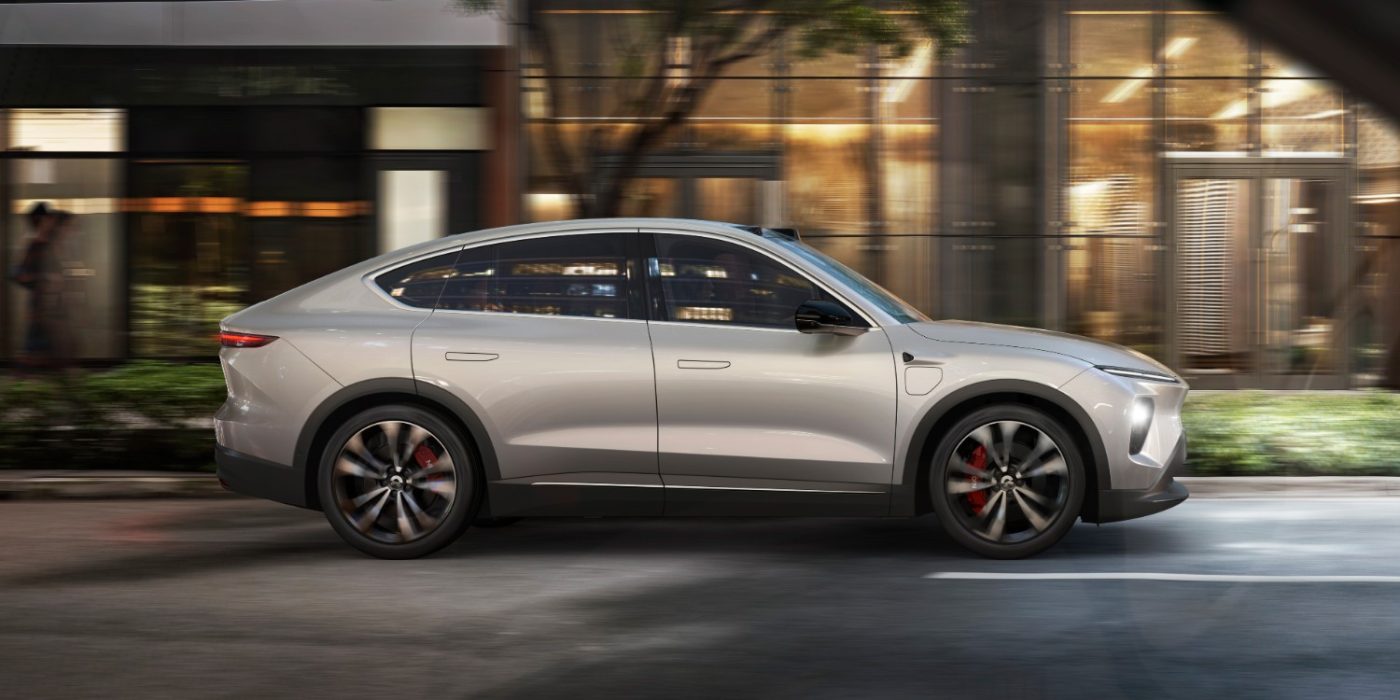
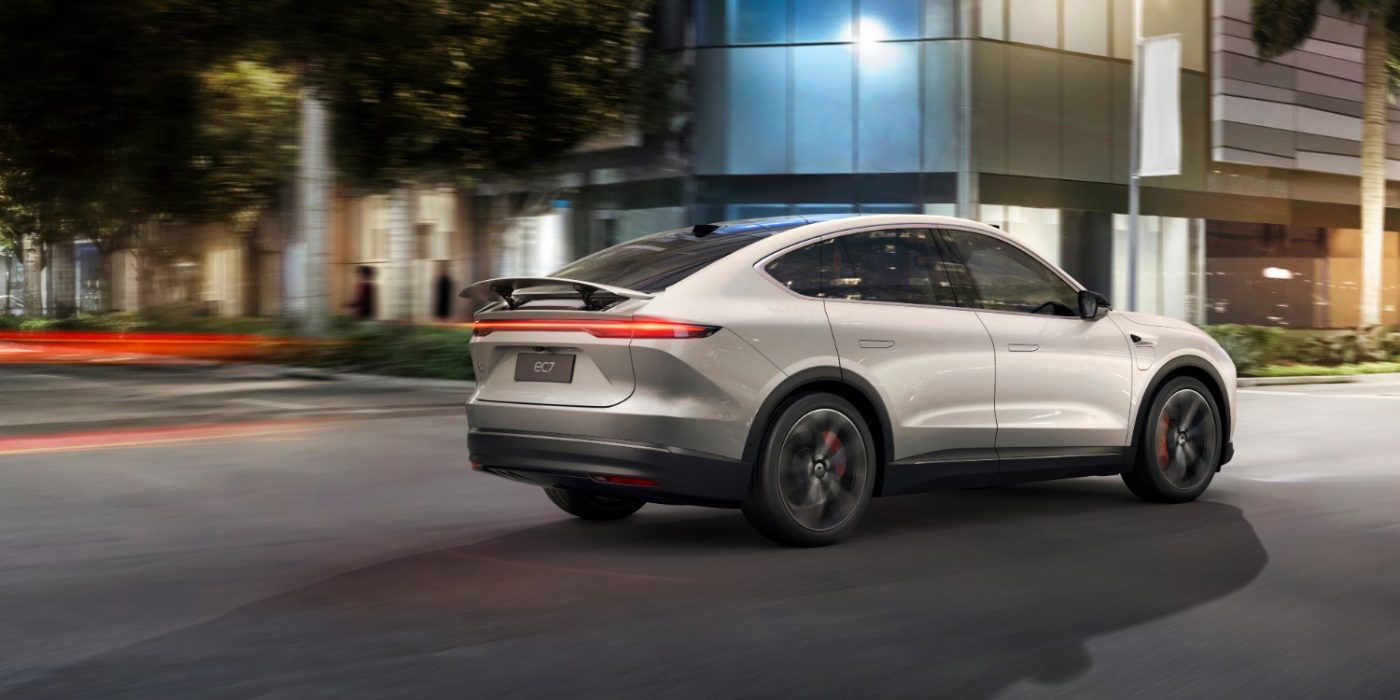
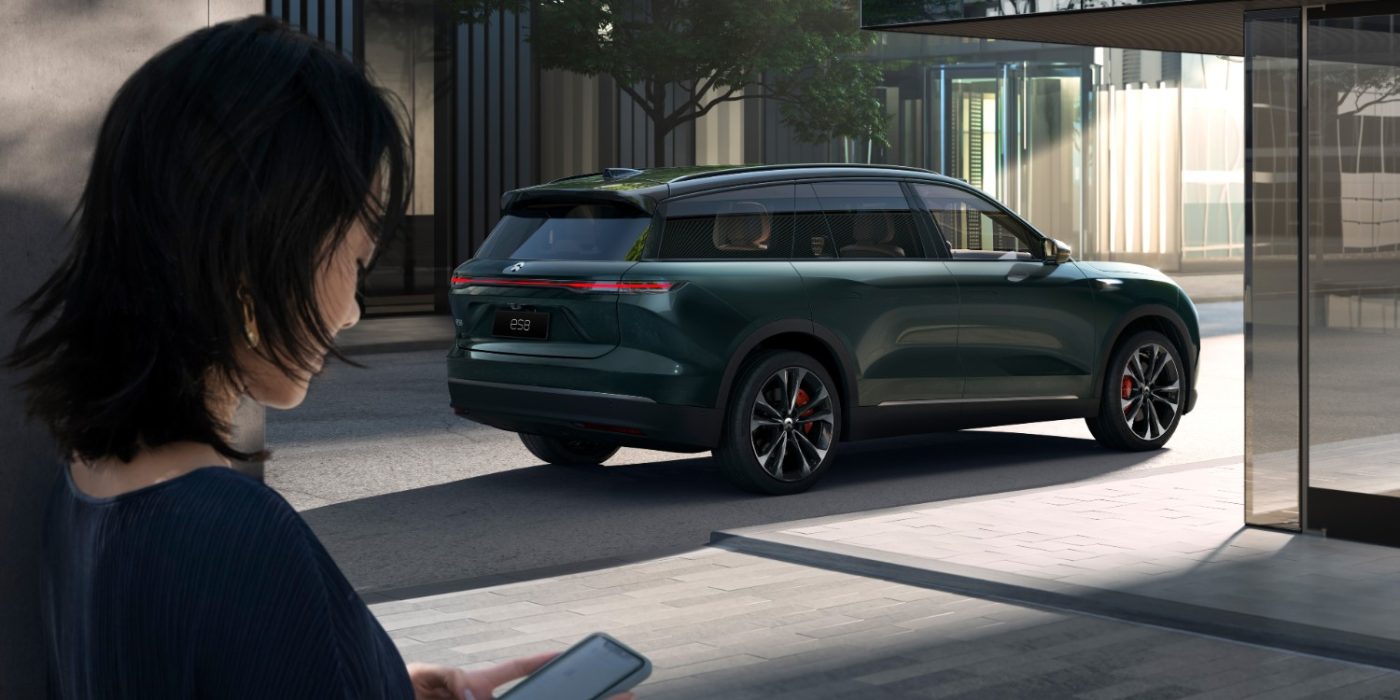
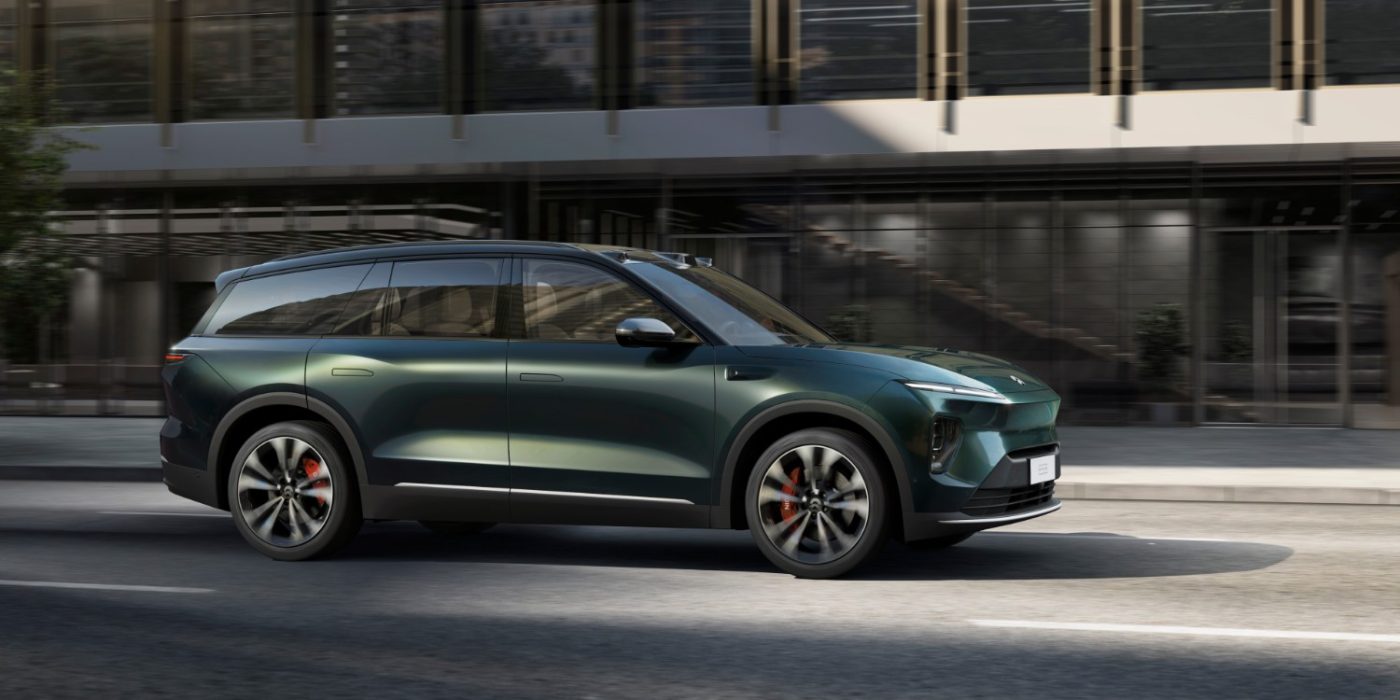
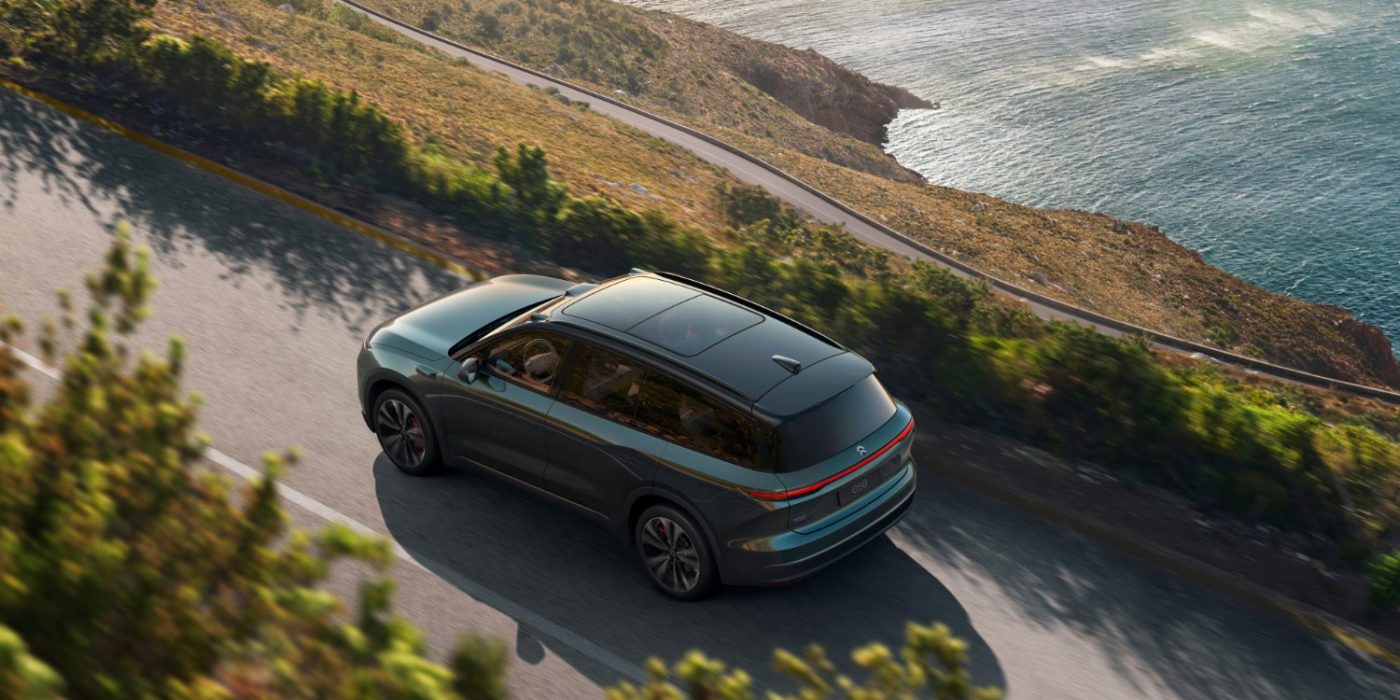
The ES8, converted to the new platform, gets a two-engine drive system with a maximum total output of 480 kW. That is twice as much as in the original model. In future, the large SUV with three rows of seats is to accelerate from 0 to 100 km/h in 4.1 seconds and come to a standstill from 100 km/h in 34.3 metres. Again, Nio does not provide any information on the battery and charging performance. After a battery update in 2020, the ES8, which was still based on the old platform, was introduced with a 100 kWh battery.
According to the Chinese manufacturer, the SUV will also be equipped with an intelligent braking system, a dual-chamber air suspension and an intelligent chassis controller. Both EC7 and the new ES8 will have 33 high-performance sensors, LiDAR, intelligent multi-beam headlights, a computing power of up to 1016 TOPS (ensured by four Nvidia OrinX chips), a digital cockpit and driving assistance systems on board, which “in the future will offer the possibility to change lanes on the motorway via autopilot”.
“When navigation is initiated, the vehicle can automatically plan the route for battery swap, drive to the power swap station through intelligent navigation, automatically complete the power swap and automatically drive out of the service area and back to the highway,” Nio informs.
In addition to the vehicles, the manufacturer officially presented its new 500 kW fast charging station and third-generation battery swap station at its recent Nio Day. The manufacturer had already announced both in the summer of 2022. While Nio does not add anything new to the already known performance data of the fast charger, the manufacturer now specifies with regard to the battery exchange station that it can perform 30 per cent more battery changes per day compared to the second generation – specifically 408 changes per day.
Analogous to the vehicles, the exchange station will also be technologically upgraded: The revised model is said to have two laser radars, two Nvidia OrinX chips and a total computing power of 508 TOPS. With the ‘Automatic Summon & Swap’ function, it will be able to communicate with Nio vehicles and navigate them automatically to accomplish the swap process, it is said.
With reporting by Cora Werwitzke, France.

